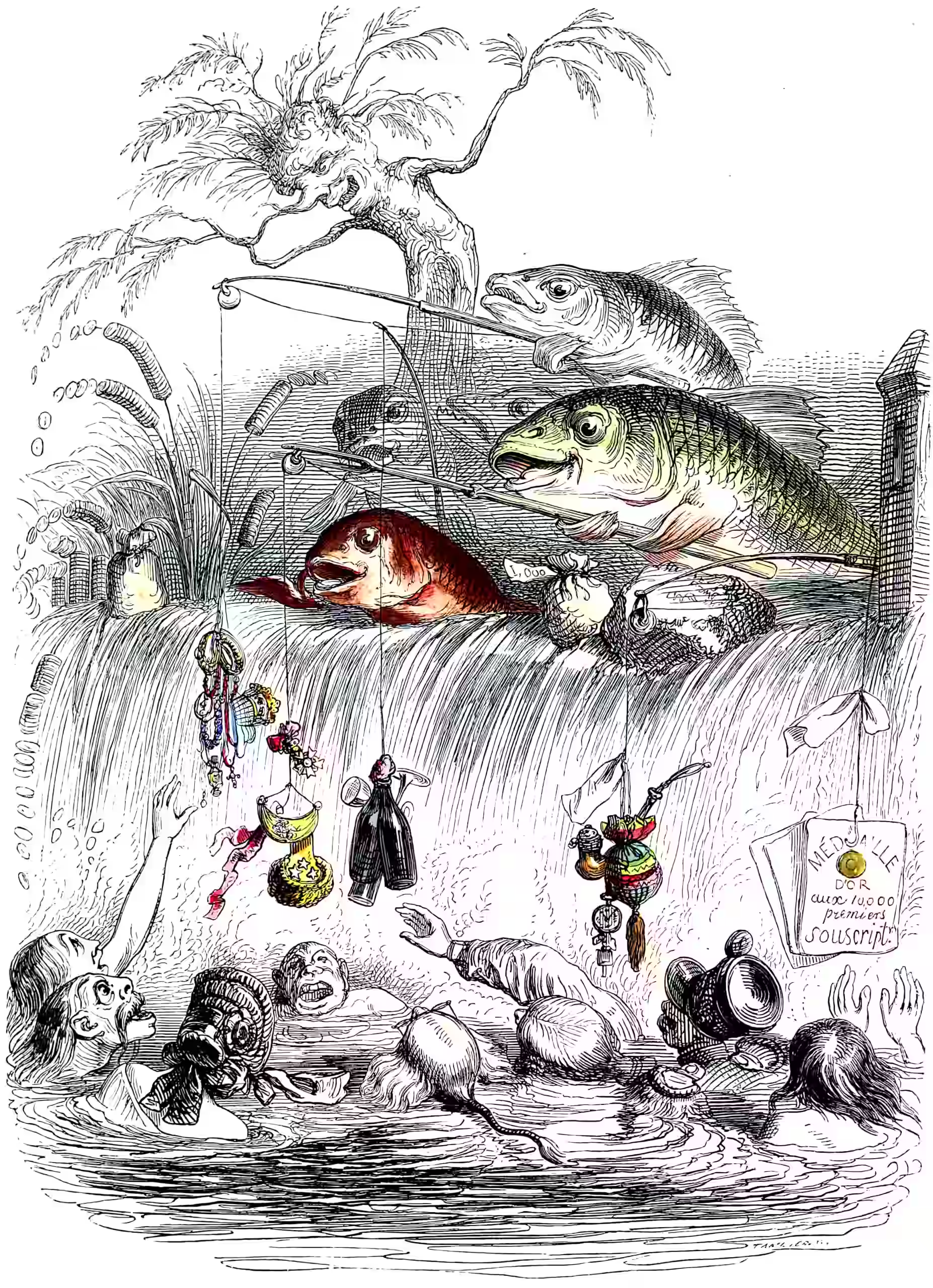Public goods
Rival and excludable goods, you need to know what these are
September 22, 2010 — October 3, 2024
Suspiciously similar content
Economists often classify goods based on two key dimensions: rivalry and excludability. These characteristics determine how goods are consumed and whether they can be efficiently allocated.
- Rivalry refers to whether one person’s use of a good diminishes another’s ability to use it.
- Excludability determines whether it’s possible to prevent someone from accessing a good.
Depending on which combination of these qualities we have, we face different mechanism design problems.
| Excludable | Non-Excludable | |
|---|---|---|
| Rival | Private Goods e.g., food, clothing |
Common Pool Resources e.g., fisheries, forests |
| Non-Rival | Club Goods e.g., subscription services, private parks |
Public Goods e.g., national defence, clean air |
Without these concepts in our vocabulary, the world is more confusing. Understanding these classifications helps us think about issues like overuse, under-provision, and free-riding. For instance:
- Public Goods often require government provision because they are non-excludable and non-rival, leading to potential free-rider problems, and molocian equilibria.
- Common Pool Resources need sustainable management to prevent depletion, as they are rival but non-excludable.
- Club Goods can be efficiently managed through membership or pricing strategies since they are excludable but non-rival.
- Private Goods are typically managed by markets due to their excludable and rival nature.
1 Incoming
Public Goods and Common Pools: Introduction to Energy and Earth Sciences Economics * Buterin, Hitzig, and Weyl (2019) considers an interesting mechanism for funding public goods via voting systems.
